Media laws at Norway
Norway consistently ranks among the top countries in the world for press freedom, a testament to its robust legal framework and strong commitment to democratic values. Media laws in Norway are designed to ensure freedom of expression, media pluralism, and public access to information, while also addressing issues of responsibility and protection of vulnerable groups.
Here's an overview of the key aspects of media laws in Norway:
1. Constitutional Basis:
Article 100 of the Norwegian Constitution (1814, revised 2016): This is the cornerstone of media freedom in Norway. It prohibits censorship and other preventive measures (with exceptions for child/youth protection in relation to moving pictures) and guarantees freedom of expression, including the right to impart and receive information, ideas, and messages. This is subject to legally prescribed limits that must be justified on grounds related to freedom of expression itself (truth-seeking, promotion of democracy, and freedom to form opinions), and which must be particularly weighty when concerning the expression of opinion.
2. Key Legislation:
Broadcasting Act (and accompanying regulations): This is the main piece of legislation governing radio and television broadcasting, as well as on-demand audiovisual services. It covers:
Licensing: While the public broadcaster NRK has a statutory right to broadcast, other broadcasters generally require licenses from the Norwegian Media Authority.
Content Rules: It includes provisions on advertising, sponsorship, product placement, and universal design of content.
Public Service Obligations: It defines the remit of the public service broadcaster, NRK, and also outlines the public service obligations for commercial broadcasters like TV 2.
Audiovisual Media Services Directive (AVMSD): The Broadcasting Act is largely based on the EU's AVMSD, ensuring harmonization with European standards. Recent amendments have extended its scope to cover video-sharing platform services, aiming for increased protection against harmful and illegal content.
Media Ownership Act (and revisions): This law aims to prevent excessive media concentration and promote media pluralism. It grants the Norwegian Media Authority the power to intervene in cases where media ownership acquisition threatens press freedom and media plurality. The authority can prohibit or set conditions for acquisitions.
Act relating to Transparency of Media Ownership: This law mandates that the Norwegian Media Authority contribute to creating more transparency and awareness about the ownership structure in Norwegian media. The authority collects and systematizes this information, making it publicly accessible.
Act relating to Personal Data Registers / Data Protection Act (GDPR implementation): Norway has implemented the GDPR, which impacts how media organizations process personal data. While there are journalistic exemptions, these are balanced with data protection principles.
Freedom of Information Act (2006): This law provides for public access to government documents, enhancing transparency and accountability.
Criminal Code: While freedom of expression is broad, laws against hate speech, incitement to violence, and certain forms of defamation exist. However, defamation is largely a civil matter.
3. Regulatory and Self-Regulatory Bodies:
Norwegian Media Authority (Medietilsynet): This is the primary governmental supervisory and administrative body under the Ministry of Culture and Equality. Its responsibilities include:
Enforcing rules on content, advertising, and sponsorship for broadcast media.
Handling license applications for local broadcast media.
Administering newspaper production grants and various subsidy schemes (e.g., for non-leading newspapers, minority language newspapers, Sami newspapers, local broadcasting).
Overseeing and intervening in cases of media ownership concentration.
Promoting freedom of expression, rule of law, and a vibrant democracy.
Raising awareness of children's use of digital media and computer games.
Norwegian Broadcasting Corporation (NRK): As the public service broadcaster, NRK is state-owned and primarily financed by grants from the state budget (formerly a license fee). Its public service remit is set out in the "NRK placard," incorporated into its articles of association, ensuring it provides a broad range of programs across radio, TV, and the internet. It is overseen by the Broadcasting Council.
Norwegian Press Association (Norsk Presseforbund): This is a self-regulatory body representing journalists, editors, and media businesses. It is responsible for the Ethical Code of Practice for the Norwegian Press ("Vær Varsom-plakaten" - The Editor's Code).
Pressens Faglige Utvalg (PFU - Norwegian Press Complaints Commission): An independent self-regulatory body established by the Norwegian Press Association, the PFU handles complaints against media outlets for breaches of the ethical code. It issues statements on good journalistic practice and contributes significantly to maintaining high ethical standards.
4. Key Characteristics and Challenges:
Strong Self-Regulation: A significant aspect of Norwegian media law is the emphasis on self-regulation through the Ethical Code of Practice and the PFU. This fosters a sense of responsibility within the media industry itself.
Public Subsidies: The Norwegian government provides substantial press support through various subsidy schemes to promote media diversity, particularly for smaller and regional newspapers, and to ensure a pluralistic media landscape.
Digitalization and Online Media: The legal framework is continuously adapting to the challenges of digitalization, including the regulation of online content, video-sharing platforms, and the economic shifts affecting traditional media.
Disinformation: While not as prominent a challenge as in some other countries, Norway also grapples with the spread of disinformation, and media organizations are actively engaged in fact-checking and promoting media literacy.
Economic Pressures: Despite state support, traditional media outlets face economic pressures due to declining print revenues and shifting advertising markets, leading to some scaling back of print editions and cost-cutting measures.
High Trust in Media: Overall, Norway enjoys very high levels of public trust in its news media, a testament to the robust legal framework, strong journalistic ethics, and independent regulatory oversight.
Norway's media laws reflect a strong commitment to freedom of expression and a belief in the vital role of a diverse and independent press in a democratic society.


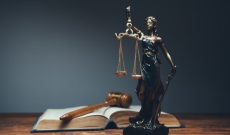
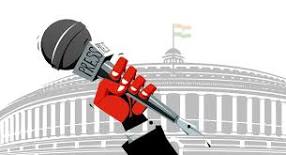
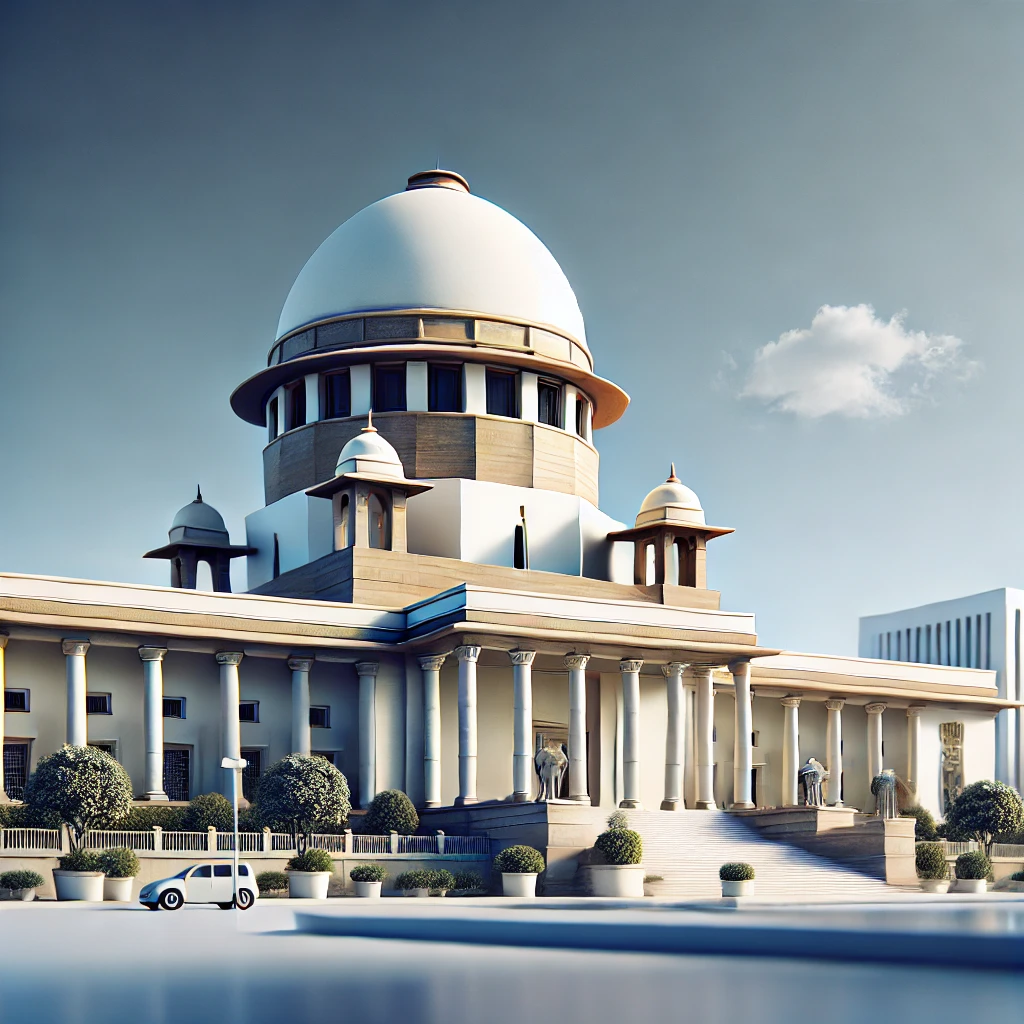

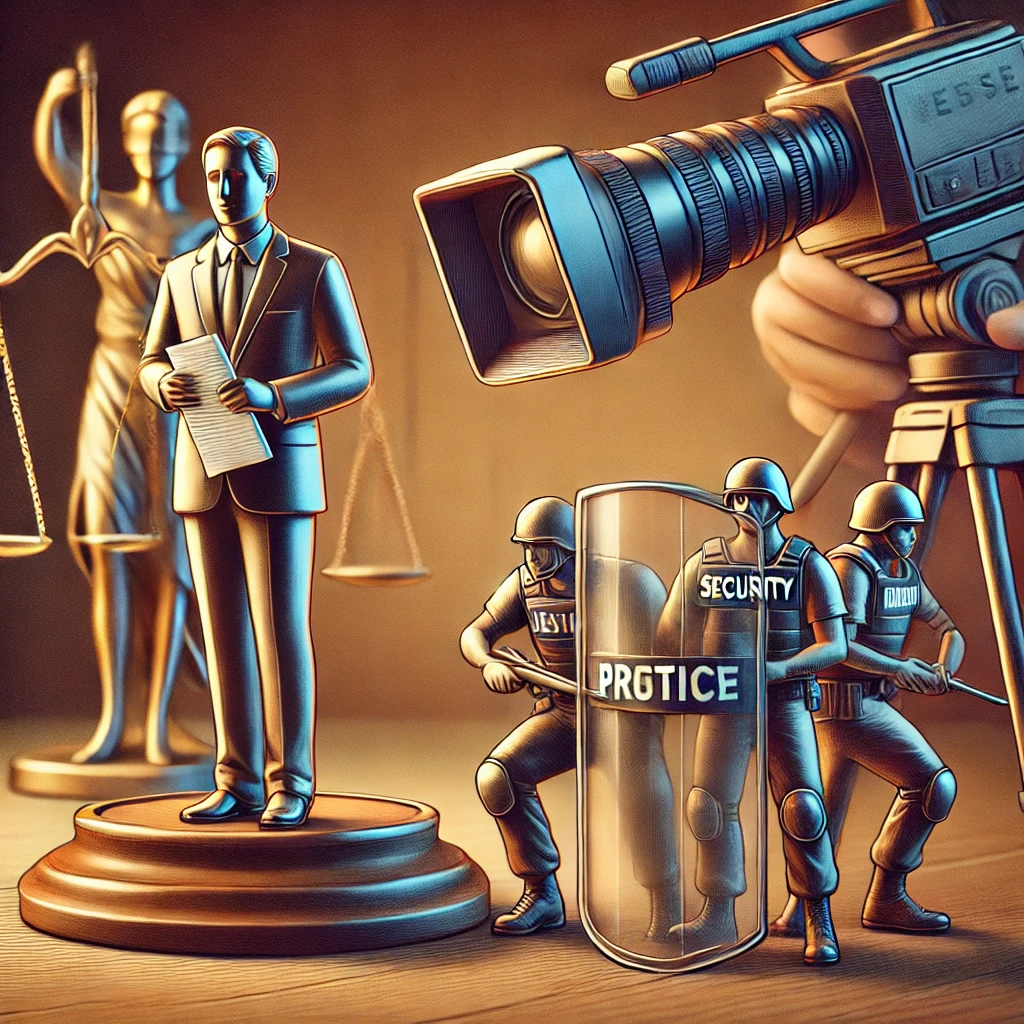

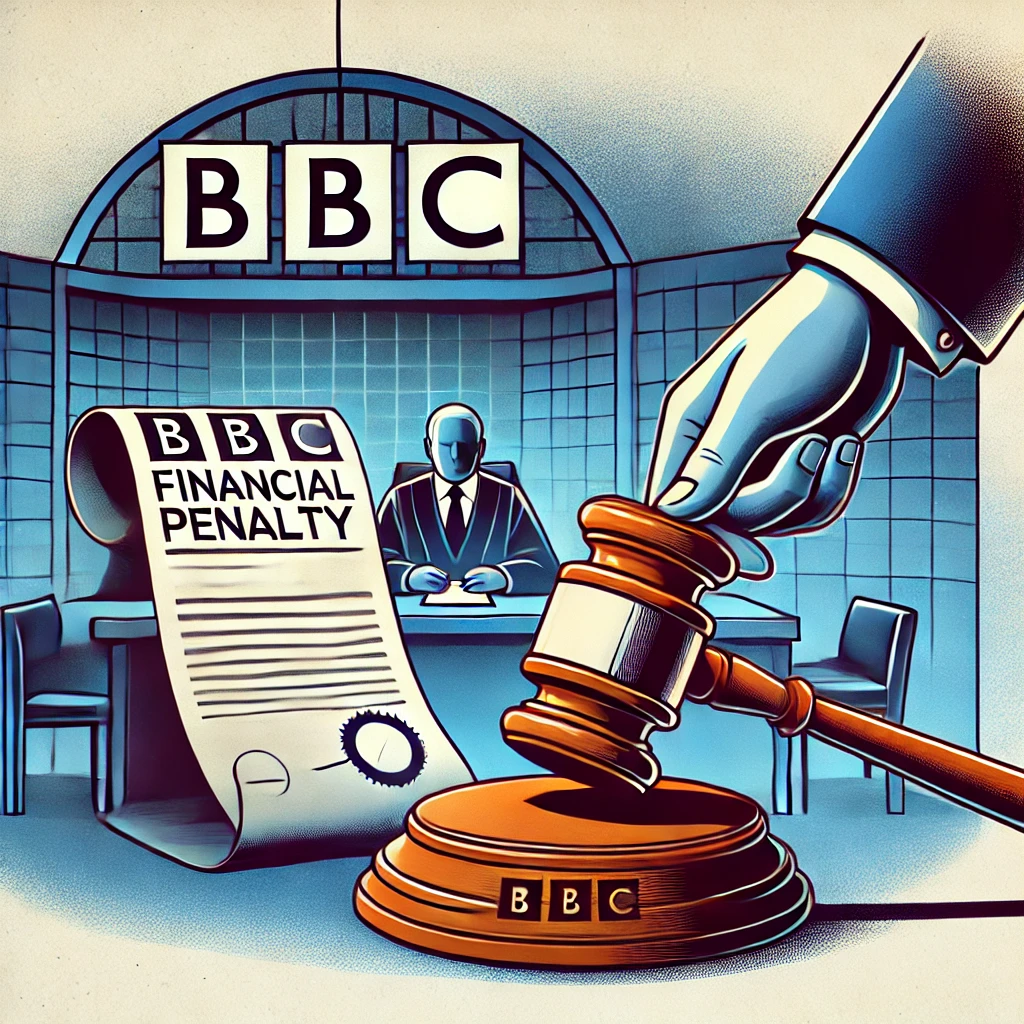
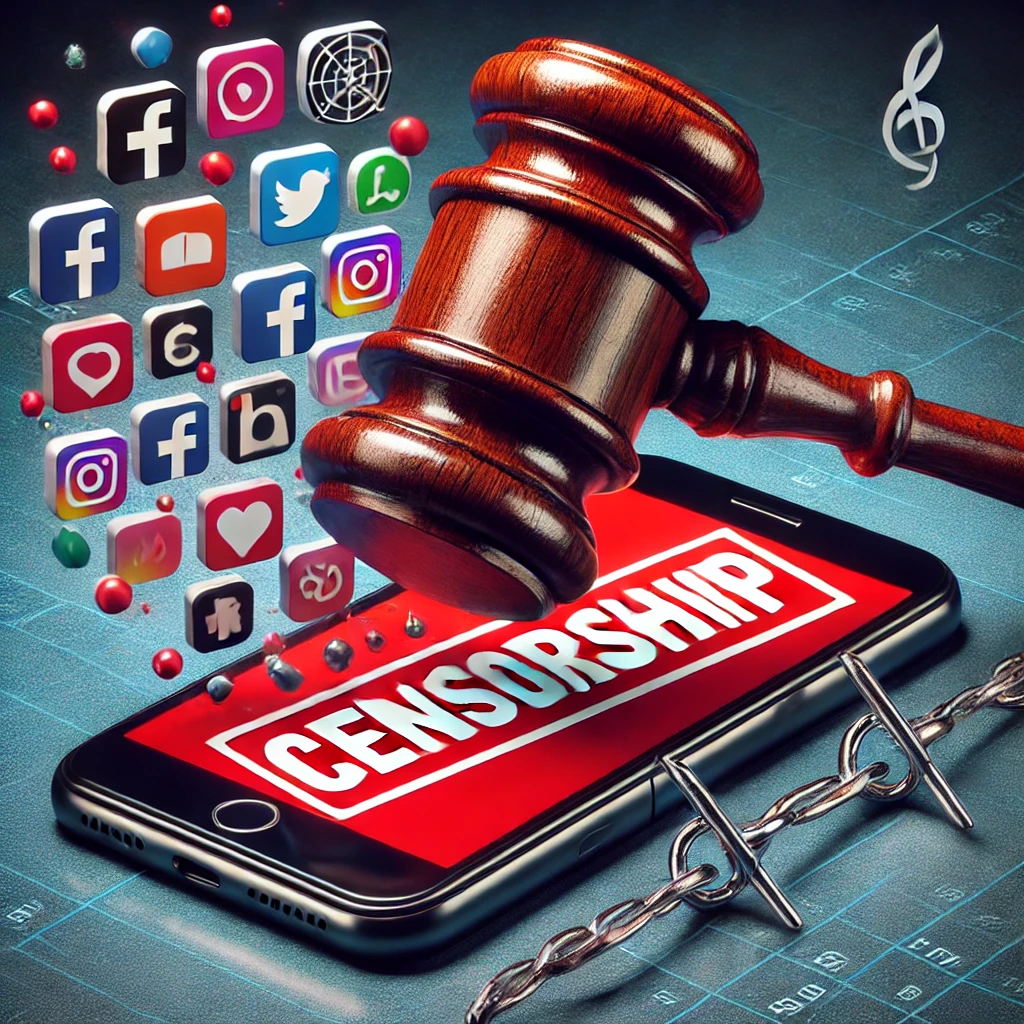
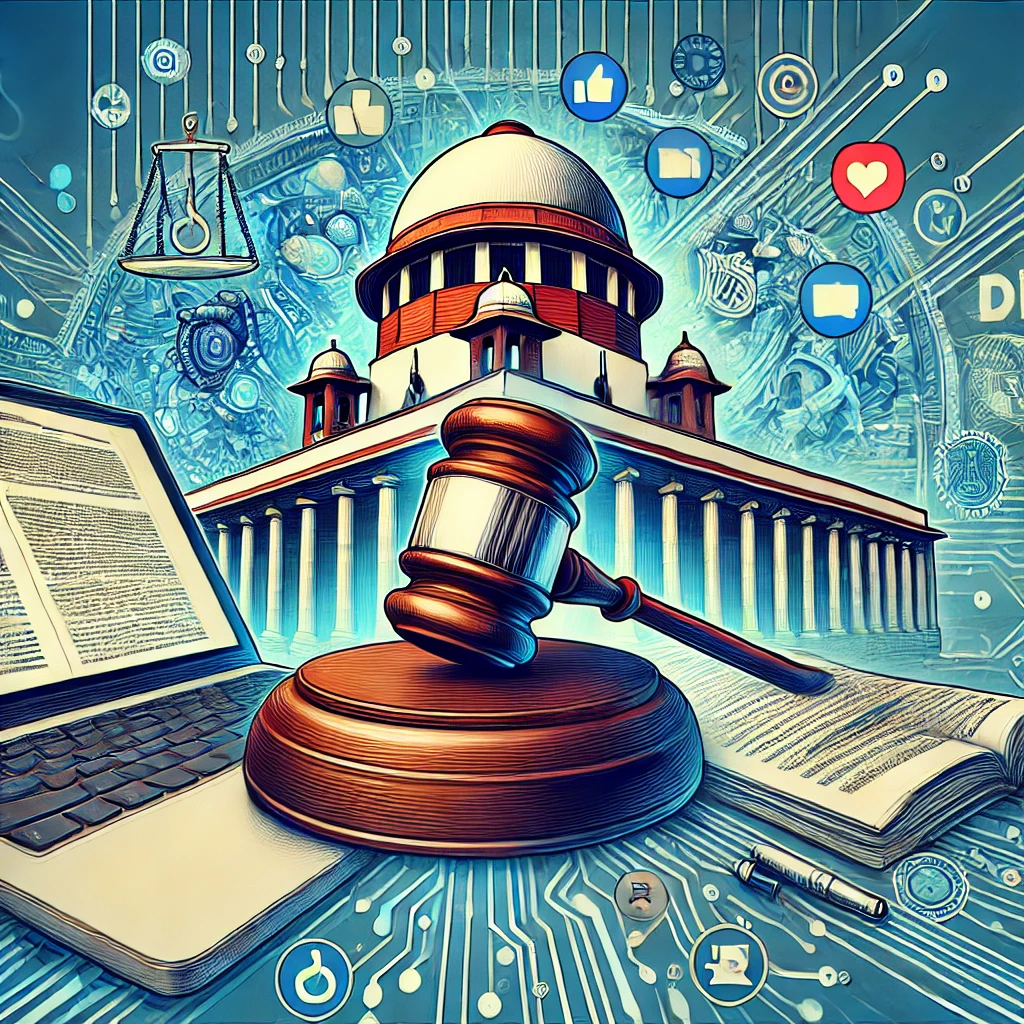


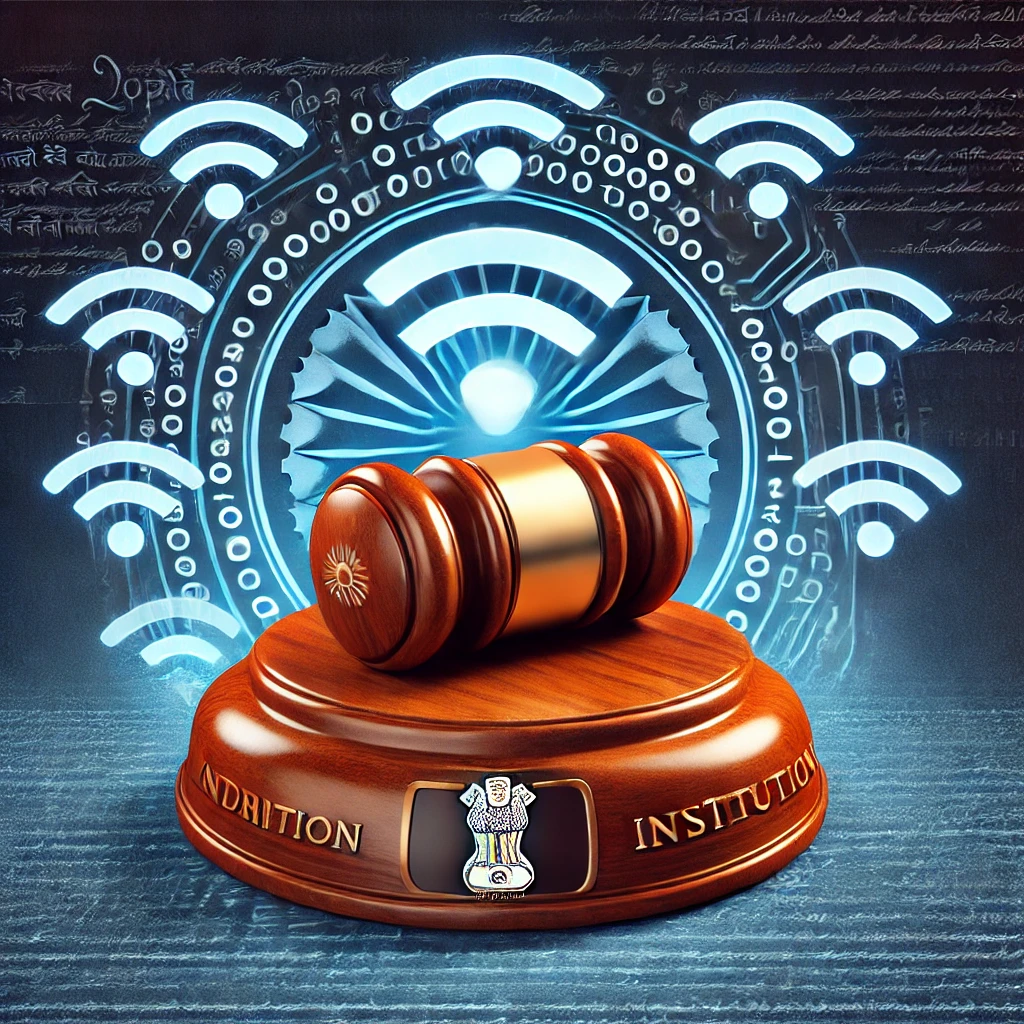

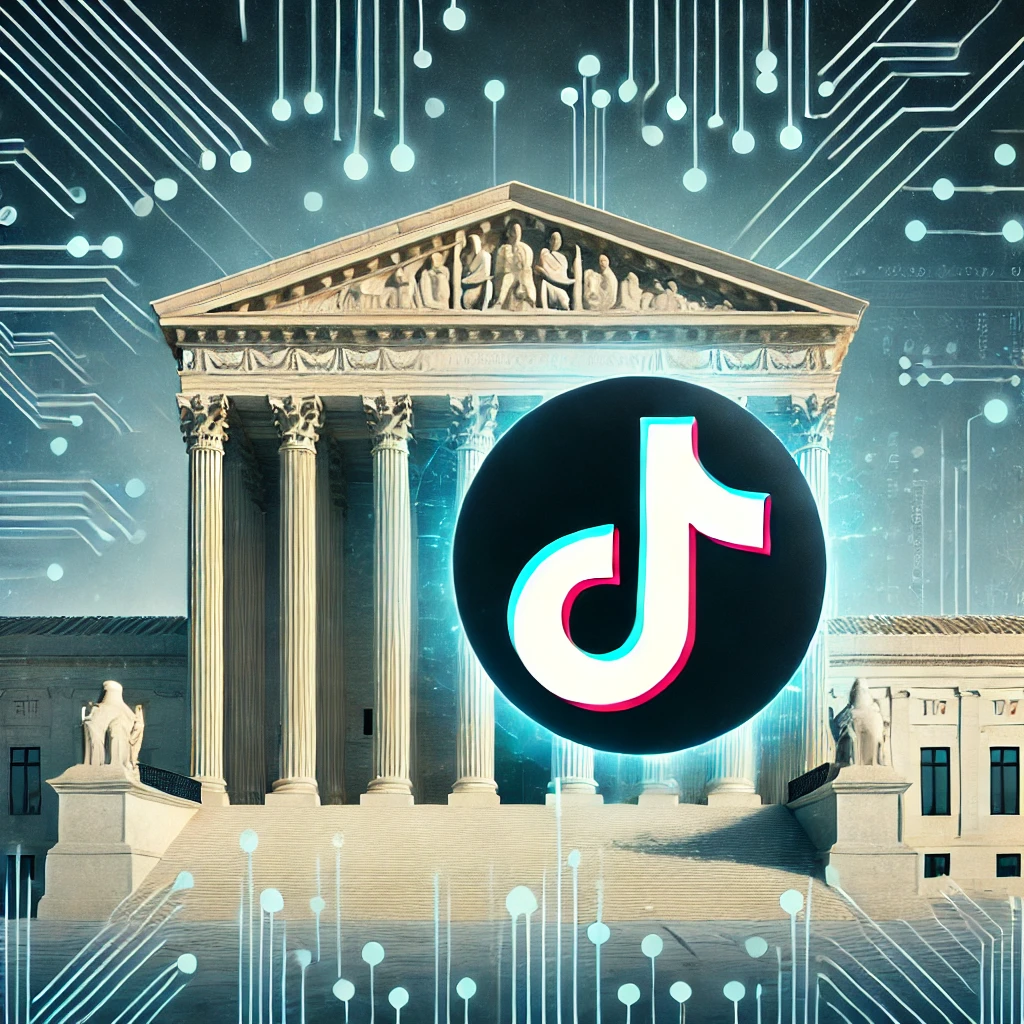


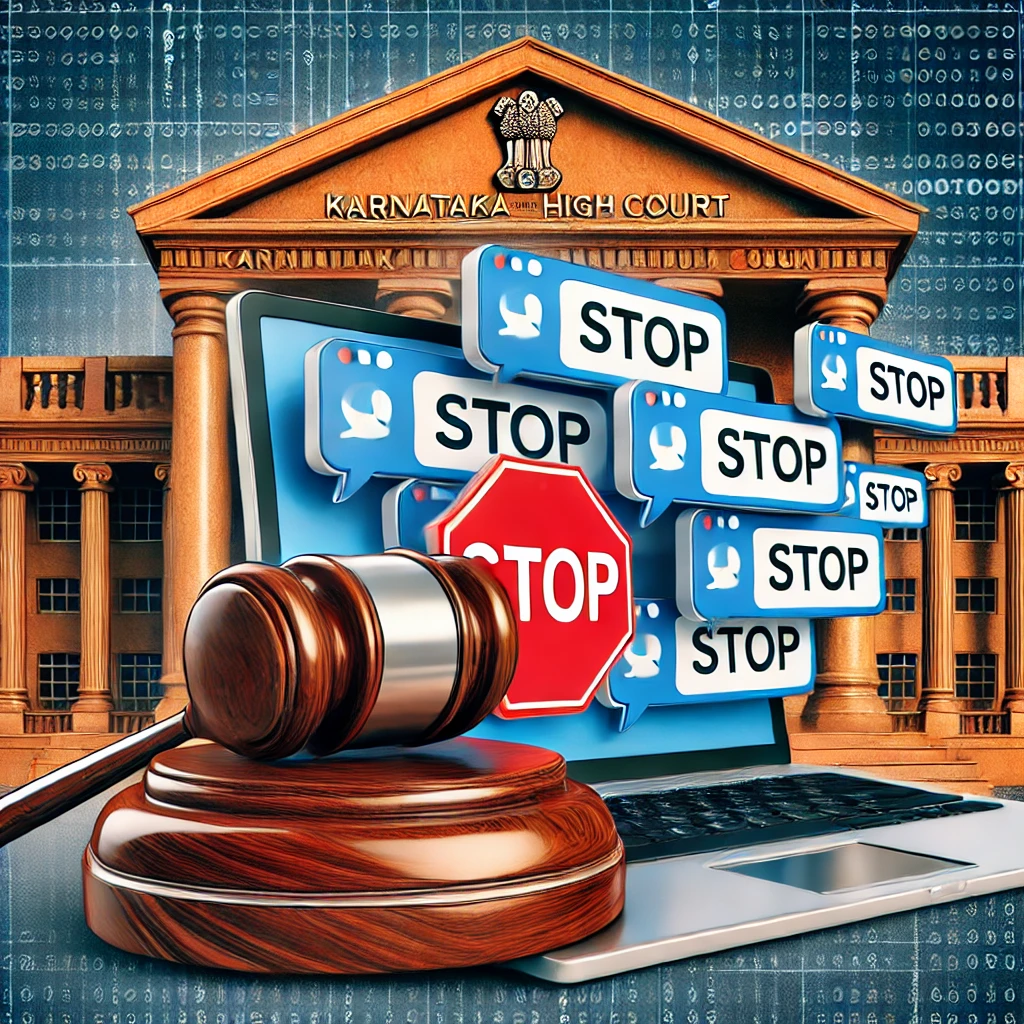

0 comments